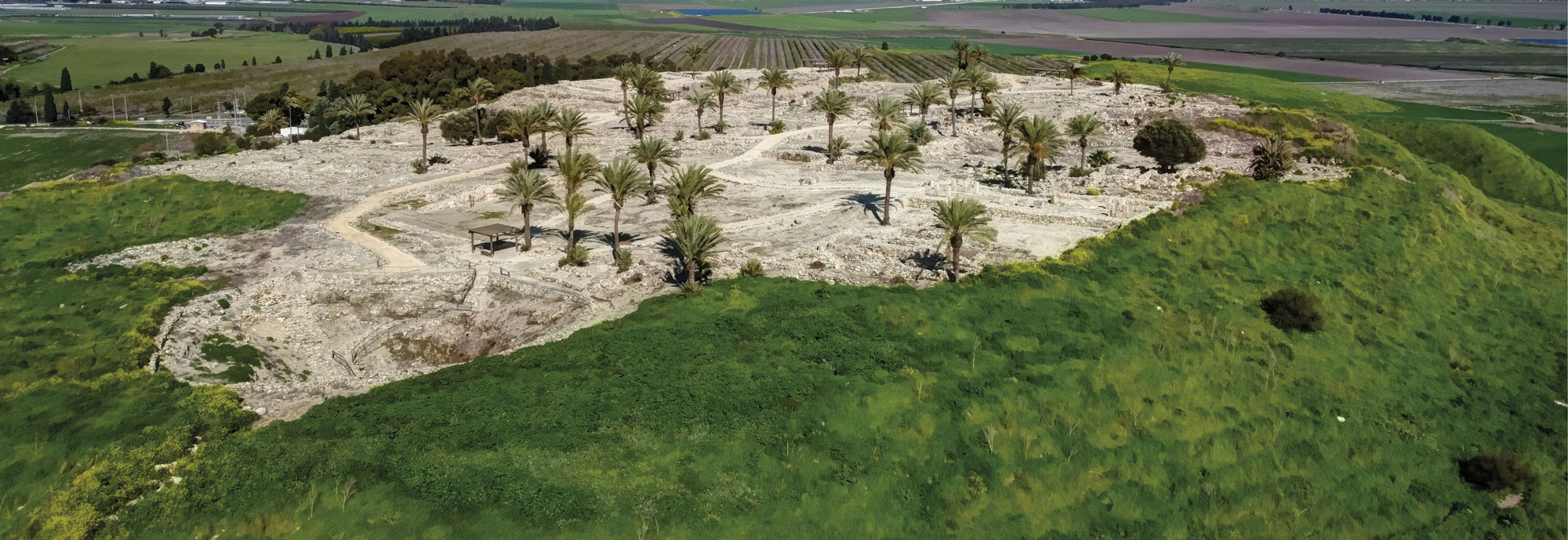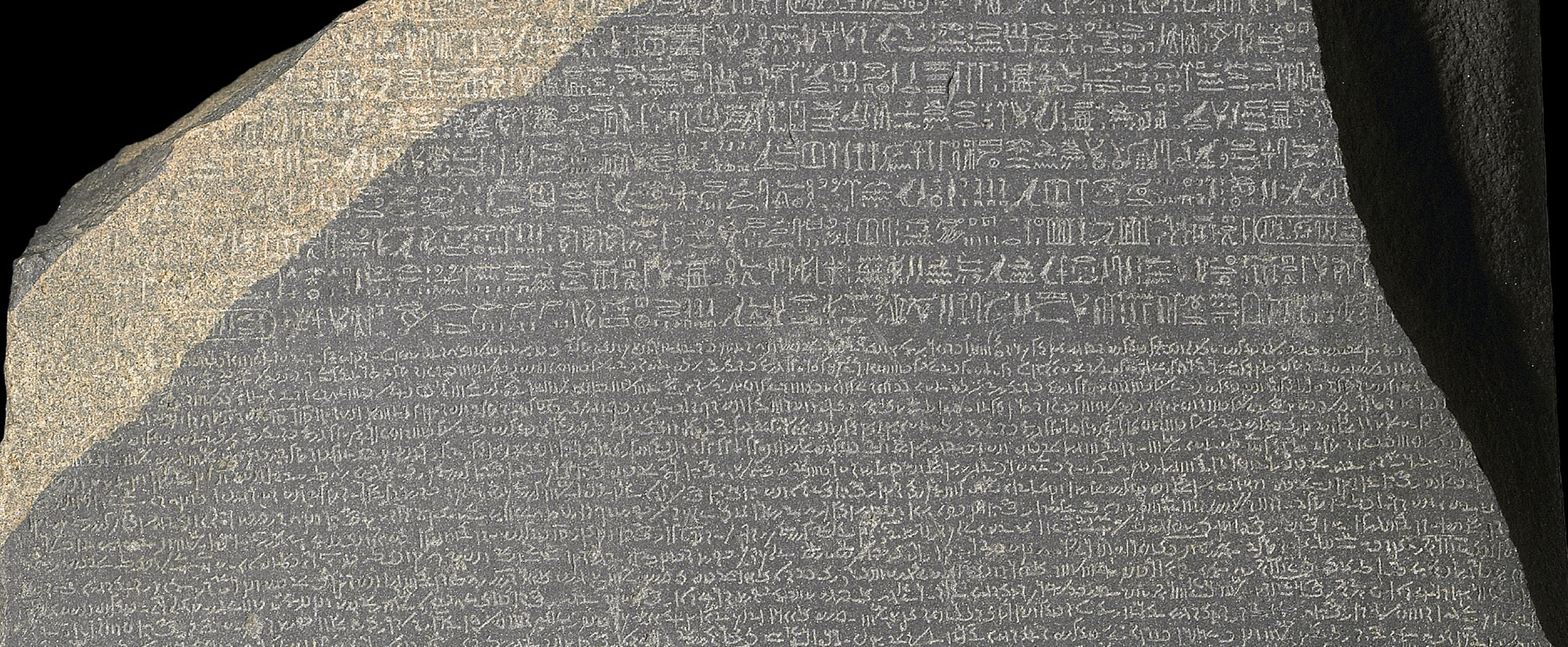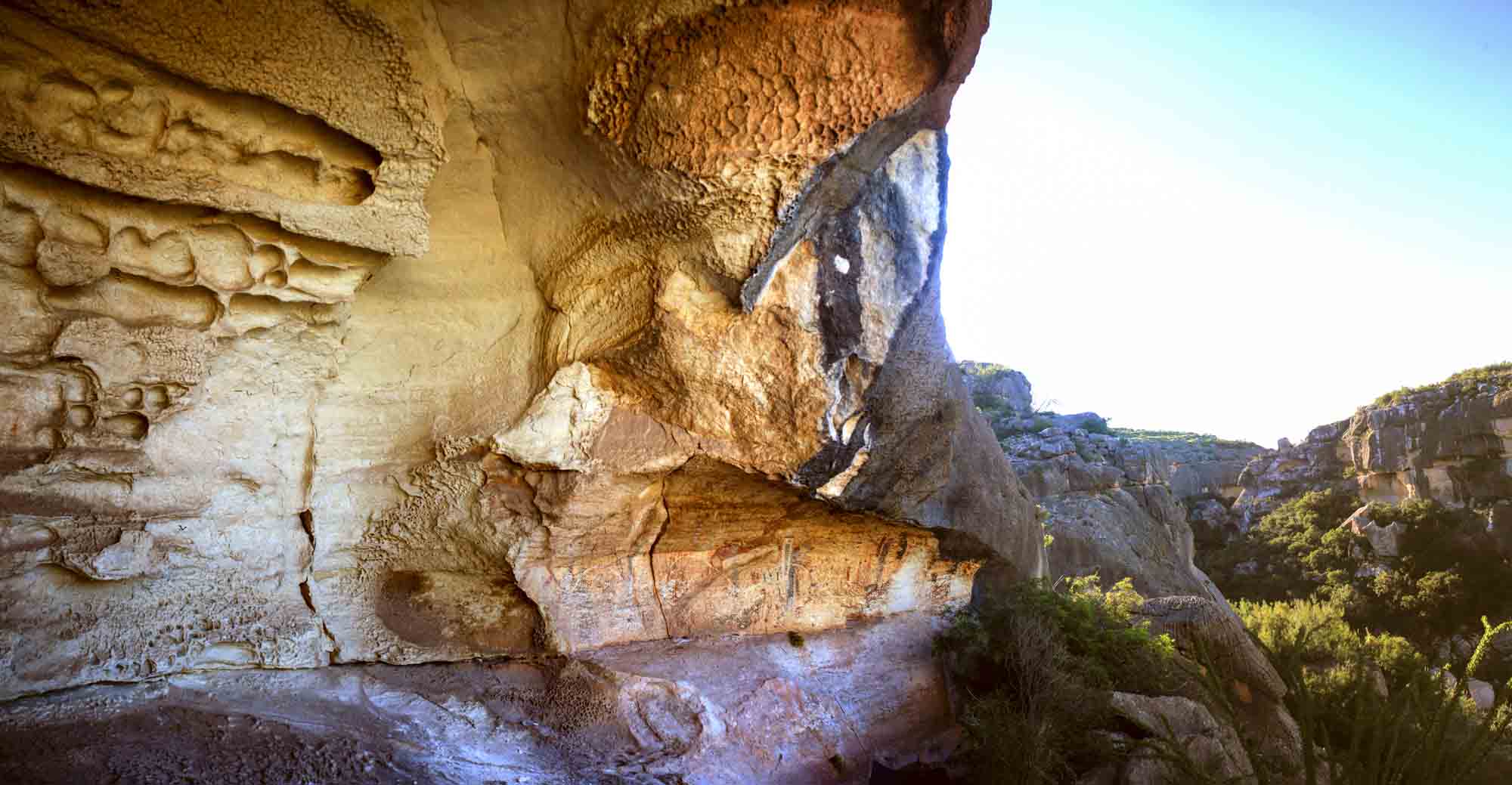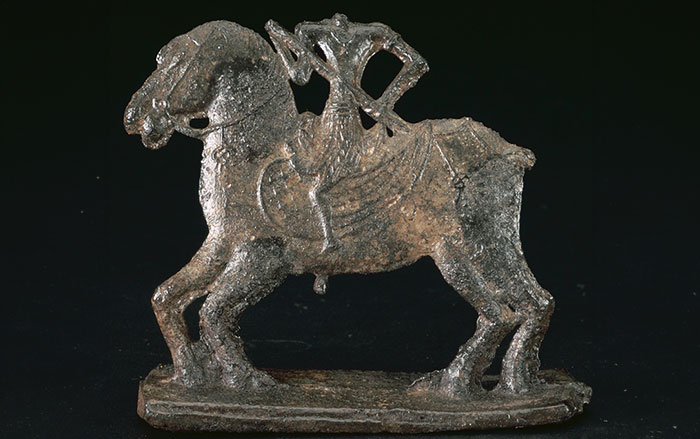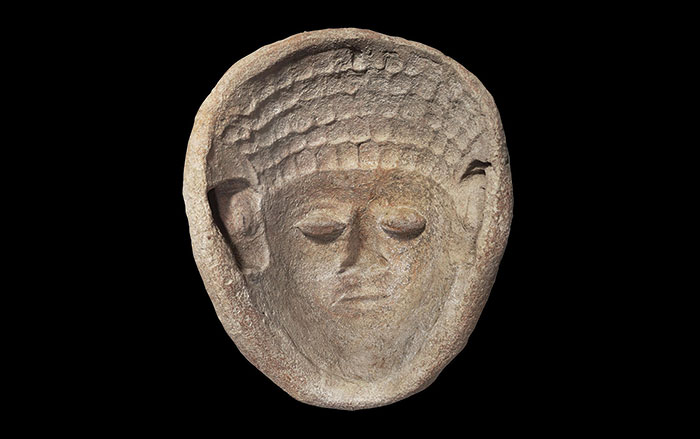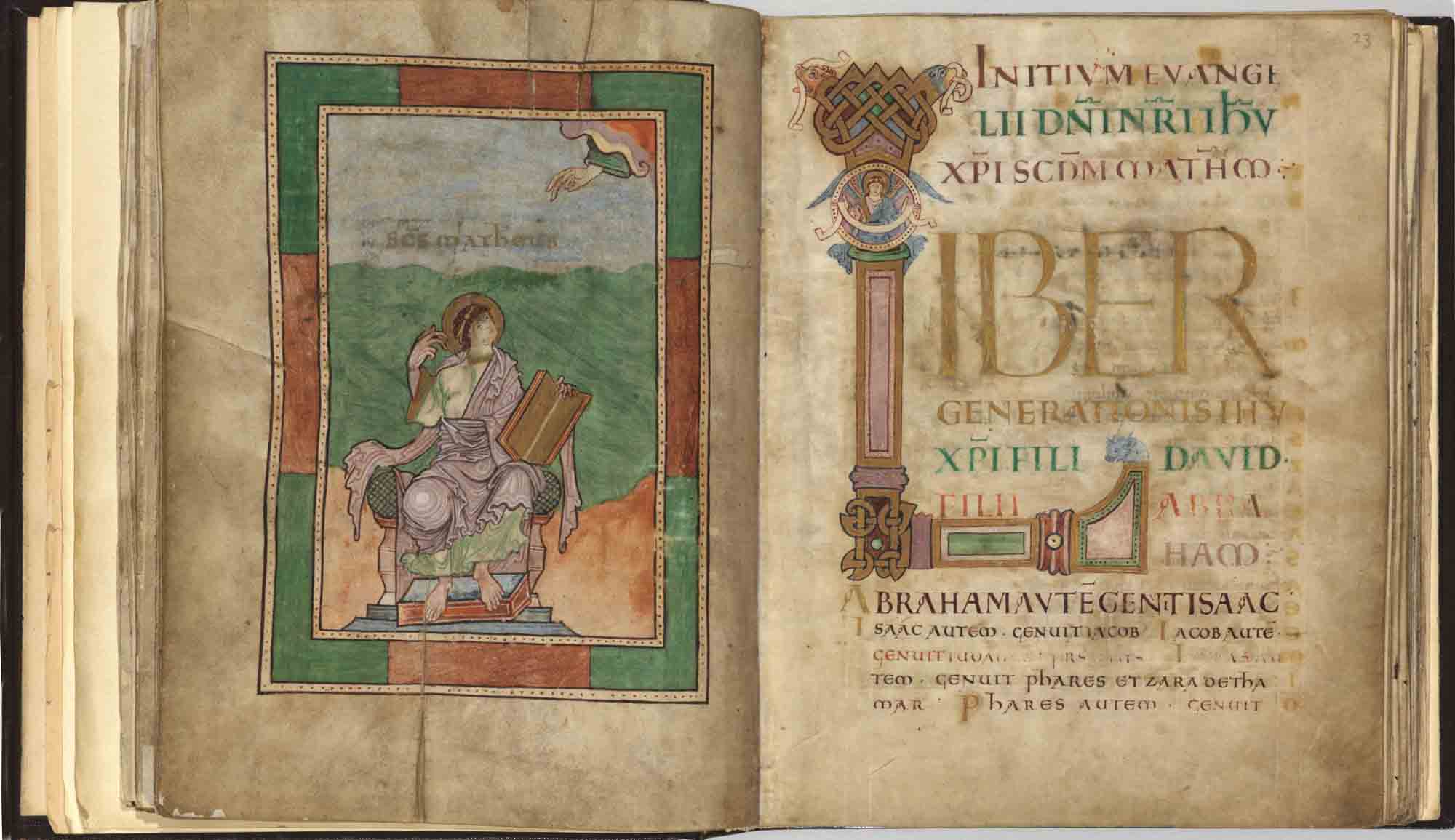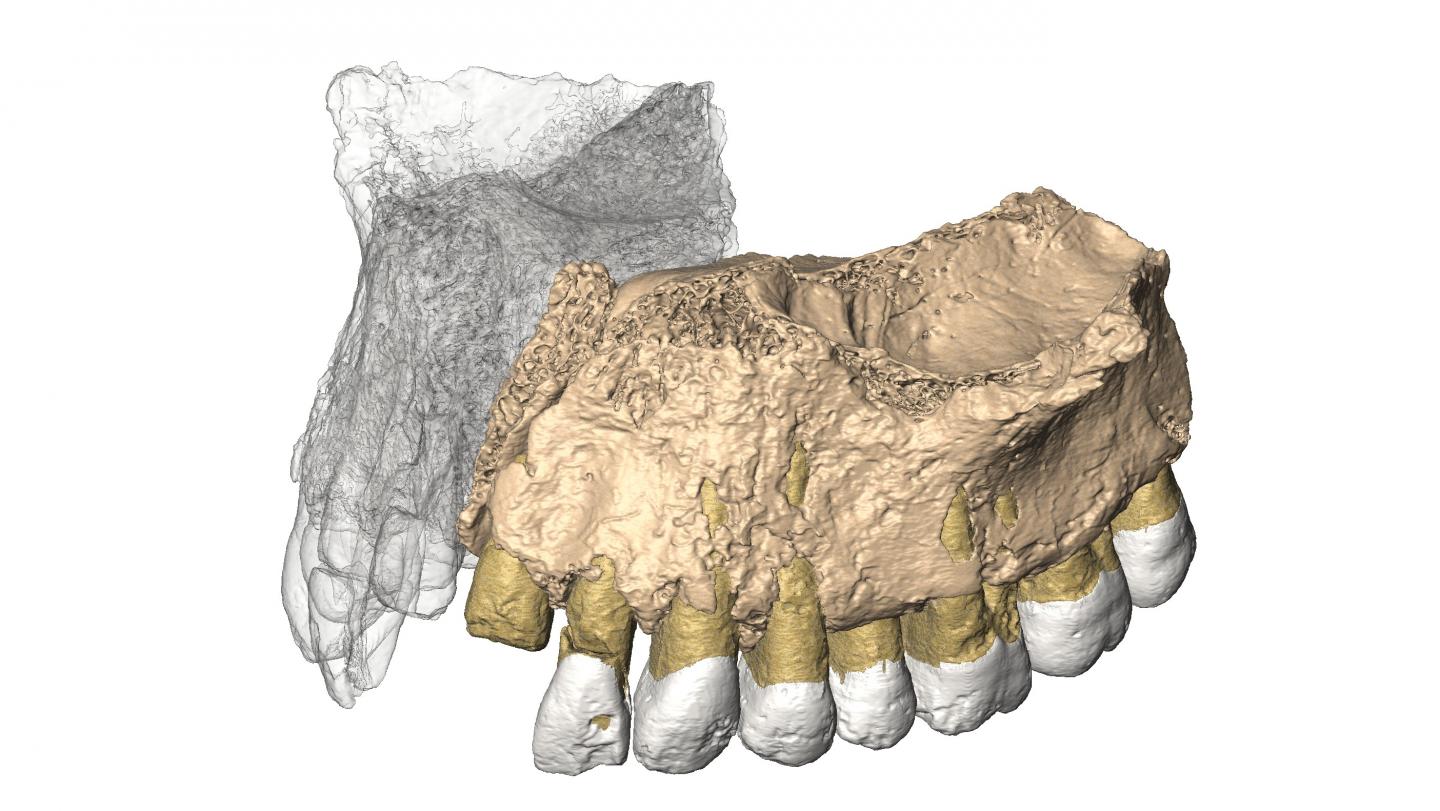
TEL AVIV, ISRAEL—According to a New York Times report, a fossilized portion of a modern human upper jaw, complete with seven intact teeth, has been found in Israel’s Misliya Cave by a team led by Israel Hershkovitz of Tel Aviv University. The maxilla has been dated to between 177,000 and 194,000 years old, which suggests that modern humans were present in the Levant at least 50,000 years earlier than previously thought. Paleoanthropologist Gerhard W. Weber of the University of Vienna and his team used high-resolution micro-CT scanning equipment to create a 3-D replica of the jaw, examine its features, and compare them with fossils of Neanderthals, Homo erectus, and other hominins from Asia, Africa, Europe, and North America. “It’s not a little bit modern, or on the border of being modern,” Weber said. “It is really modern human.” The fossil is said to be the oldest-known evidence of modern humans living outside of Africa, and it could push back the evolution of Homo sapiens by 100,000 to 200,000 years, suggesting they originated in Africa some 300,000 to 500,000 years ago. For more, go to “Early Man Cave.”





